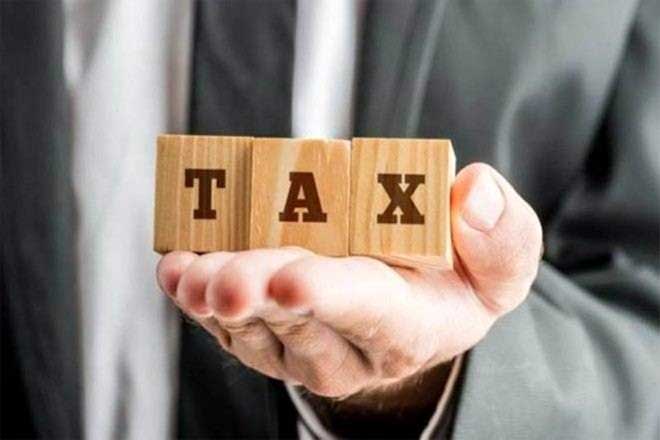Many salaried people may have missed the deadline for submission of proof of tax-saving investments, which generally ends by December or January in most of the offices because the remaining taxes are deducted at source (TDS) from the salaries of January, February and March.
However, there is no reason to worry if you have missed the deadline or are about to miss the deadline. Because, even if extra tax is deducted due to non-submission of the proof of investments, you may claim it back by filing the income tax return (ITR) for the year.
So, don’t take any wrong investment decision in a hurry, if you are about to miss the deadline, because you have time till March 31 to make tax-saving investments and get the benefits. Although reducing TDS is more beneficial than getting the excess taxes back as refund, but making any wrong investment in a hurry to get the TDS reduced may cause greater harm.
Here are some voluntary tax-saving investment options under various sections that you may currently avail by making contributions till March 31:
80C
You may invest up to Rs 1,50,000 in a financial year on the following:
PPF: Deduction is allowed on contributions to the Public Provident Fund (PPF) for self and minor child. The contribution by a PAN card holder, taking all the accounts together, should not cross Rs 1,50,000 in a financial year.
Sukanya Samriddhi: Parents of girl children may avail the deduction by investing in Sukanya Samriddhi Yojana (SSY) for up to two girls, by opening accounts before the girls turns 10 years old. Total contributions per girl child should not exceed the current limit of Rs 1,50,000 in a financial year.
ELSS: Deductions are also allowed on investments in Equity-Linked Savings Scheme (ELSS) or in any approved superannuation fund.
Life Insurance: Deduction is allowed on payment of life insurance premium up to 10 per cent of sum assured for self, spouse and children – be it term insurance, endowment insurance, unit-linked insurance plan (ULIP) or pension plan.
NSC: Deduction is also allowed on purchase of National Savings Certificate (NSC) from Post Offices.
5-year FDs: You may also get the deduction by investing in 5-year notified fixed deposits (FDs) in scheduled banks or in 5-year Post Office time deposits. Senior citizen tax payers may get the deduction by investing in 5-year Post Office Senior Citizens Savings Scheme (SCSS) also.
80 CCD (1B)
NPS: Deduction up to Rs 50,000 is allowed on voluntary contribution to Tier-1 account of National Pension System or NPS (earlier New Pension Scheme).
80D
Health Insurance: Deduction is allowed on the amount of health insurance premium paid (in any mode other than cash) up to Rs 25,000 or Rs 50,000 (if you or your spouse is a senior citizen) for self, spouse and dependent children. Additional deduction for premium paid on parents’ health insurance policy up to Rs 25,000 or Rs 50,000 (for senior citizen parents) may also be claimed. Deduction is also allowed on payment to the Central Government health scheme (CGHS) by government employees.
Preventive health check-up: Deduction up to Rs 5,000 is allowed on account of preventive health check-up for self, spouse and children within the overall limits of health insurance.
80G
Donations: Although donations are not investments, but one may voluntarily donate to notified organisations and avail deductions from 50 or 100 per cent of the donated amount, depending on the charity, which may not exceed 10 per cent of the gross total income in most cases.

